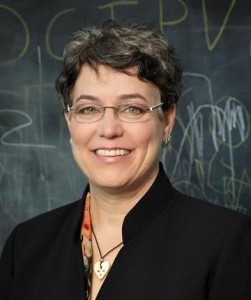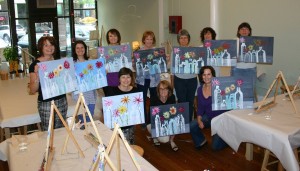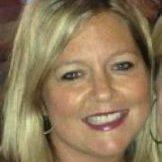Faculty Member: John Pagano
Light touch and holding strategies promote body awareness and social-emotional skills in children and adolescents with behavioral challenges. Deep pressure touch is a more common therapeutic intervention. However, light touch and holding are valuable therapeutic options for promoting attention, body awareness and social-emotional skills.

Body awareness, stress and somatic pain challenges negatively impact behavior in many children and adolescents with developmental, sensory processing, Post-Traumatic Stress Disorder, internalizing behavioral concerns and other psychiatric disorders. Attention, body awareness, stress and somatic pain problems can be addressed through the use of light touch and holding strategies. Light touch and holding strategies are particularly useful for improving and directing functional attention, and provide a valuable option for reducing stress, somatic pain, and social-emotional problems when deep pressure massage is contraindicated. Particularly for young people experiencing acute pain, edema, taking analgesic medications (e.g., which can decrease pain perception) or taking antidepressant medications (e.g., which can cause light headedness and dizziness) light touch and holding are preferred.
Recent research indicates that positively perceived slow, light touch specifically activates CT afferent fibers connecting to the Insular Cortex that convey social-emotional interactions and our internal sense of self. FAB Strategies utilizing light touch and holding include: Vibration to the Back, Arms, & Body as well as the Rolling the arm, Back X, Spine crawl, Head crown, and Foot input. These light touch and holding techniques which are components of FAB Strategies will be described below.
It can be clinically useful to provide extremely irritable children and adolescents who have significant body awareness challenges repeated sensory experiences of the front, back, top and bottom of their bodies. FAB Strategies light touch and holding techniques were developed to provide sensory experiences of the front, back, top and bottom of the body as a foundation for improved body awareness and social-emotional skills. In addition to the light touch and holding strategies the awareness of the front, back, top and bottom of the bottom is practiced through several FAB Strategies deep pressure touch and mindful movement activities.
Vibration to the Back, Arms, & Body provide light touch input. Vibration can also be applied to various body parts with eyes open and closed, to increase body awareness by having clients identify each body part as it is touched (e.g., arm, left ankle). Light touch can also be provided through the Rolling the arm strategy. The therapist rolls the arm in a palm open, thumb lateral direction providing relaxation.

The Back X involves drawing an X across the back with your fist, while the Spine crawlinvolves moving up the spine to give awareness of the back. The Back X and Spine Crawl can be done as part of the X Marks the spot light touch game

The Head Crown involves 10 second holding on the head, first on both sides then on the front and back of the head.

Foot input involves massage and holding of the feet to provide improved sensory awareness of the feet as the foundation and bottom of the body. Foot input can be followed by stretching exercises to help decrease the likelihood of habitual toe walking. Light touch and holding strategies are a valuable intervention to improve attention, body orientation and social-emotional skills through interpersonal touch. Light touch and holding can also decrease stress, pain, and provide comfort when more intense massage is contraindicated.
References:
Beider, S., Mahrer, N. E., Gold, J. I. (2007). Pediatric massage therapy: An overview for clinicians. Pediatric Clinics of North America, 54(6), 1025-1041.
Bjornsdotter, M., Loken, L., Olausson, H.., Valbo, A., & Wessberg, J. (2009). Somatotopic organization of gentle touch processing in the posterior insular cortex. The Journal of Neuroscience, 29(29) 9314-9320.
Koester, C. (2012). Movement based learning for children of all abilities. Reno, NV: Movement Based Learning Inc.
McGlone, F., Wessberg, J., & Olausson, H. (2014). Discriminative and affective touch: Sensing and feeling. Neuron, 82(4), 737-755.
Perini, I., & Olausson, H. (2015). Seeking pleasant touch: Neural correlates of behavioral preferences for skin stroking. Frontiers in Behavioral Neuroscience, 9.
John is teaching his course in 2016 with Education Resources:
Effectively Treat Behavior in Children: Traumatic Brain Injury, Autism Spectrum Disorder, Sensory Processing, Cognitive Limitations, PTSD, & Other Challenges
May 13-14, 2016 – Millbrook, NY
October 21-22, 2016 – Washington, DC
November 11-12, 2016 – John City, NY
December 2-3, 2016 – Dallas, TX
]]>
 Susan Roberts[/caption]
Susan Roberts[/caption]


 The team at Education Resources[/caption]
The team at Education Resources[/caption]
 Denise Mowles[/caption]
Denise Mowles[/caption]




